Ingredients for Mangalore Buns
Instructions for Mangalore Buns
Use a fork to mash the ripped bananas and sugar in a mixing bowl.
Add buttermilk/curd, cumin, a pinch of baking soda, and salt to the mixture.
Gradually add maida/plain flour to the mixture, kneading it into a sticky dough. As you knead, adjust the consistency by adding more flour as needed until it is wet, soft, sticky, and rubbery. Remember, sugar provides enough moisture for kneading, so avoid adding water.
Cover the dough with a damp cloth, making sure not to make it too wet, and let it rest at room temperature for 7-8 hours. This step helps retain moisture and prevent drying during fermentation.
After fermenting for a minimum of 5-6 hours, the dough will become elastic and loosen up. The longer it ferments, the better it will be.
Your dough is now ready to be formed into buns.
Knead the dough lightly and make small lemon-sized balls. Roll each ball with a little flour until they are thick, but not too flat.
Heat oil for deep frying and test its temperature by dropping a small piece of dough into it. If the dough floats, the oil is hot enough, so turn down the heat to medium. If the oil is not hot, wait for another 3-4 minutes.
Dust excess flour off the rolled balls and fry them one by one on medium heat. They will puff up when you drop them into the oil. Flip them over, and press them down in the oil for a few seconds to help them puff up more.
Once both sides are golden brown, remove the buns from the hot oil and place them in a bowl lined with a paper towel.
Ingredients
Directions
Use a fork to mash the ripped bananas and sugar in a mixing bowl.
Add buttermilk/curd, cumin, a pinch of baking soda, and salt to the mixture.
Gradually add maida/plain flour to the mixture, kneading it into a sticky dough. As you knead, adjust the consistency by adding more flour as needed until it is wet, soft, sticky, and rubbery. Remember, sugar provides enough moisture for kneading, so avoid adding water.
Cover the dough with a damp cloth, making sure not to make it too wet, and let it rest at room temperature for 7-8 hours. This step helps retain moisture and prevent drying during fermentation.
After fermenting for a minimum of 5-6 hours, the dough will become elastic and loosen up. The longer it ferments, the better it will be.
Your dough is now ready to be formed into buns.
Knead the dough lightly and make small lemon-sized balls. Roll each ball with a little flour until they are thick, but not too flat.
Heat oil for deep frying and test its temperature by dropping a small piece of dough into it. If the dough floats, the oil is hot enough, so turn down the heat to medium. If the oil is not hot, wait for another 3-4 minutes.
Dust excess flour off the rolled balls and fry them one by one on medium heat. They will puff up when you drop them into the oil. Flip them over, and press them down in the oil for a few seconds to help them puff up more.
Once both sides are golden brown, remove the buns from the hot oil and place them in a bowl lined with a paper towel.
Notes
Main Ingredients for Solkadhi
- All-Purpose Flour (Maida): Used as the base ingredient for the dough.
- Ripened Bananas (Mysore or Pachbale Bananas): These bananas add sweetness and moisture to the dough, contributing to the unique flavor and texture of Mangalore Buns.
- Sugar: Adds sweetness to the dough.
- Salt: Enhances the flavor of the buns.
- Baking Soda: Helps in leavening the dough, making the buns light and fluffy.
- Sour Buttermilk or Curds: Provides acidity and helps in fermenting the dough, contributing to the soft texture of the buns.
- Oil (for deep frying): Used for frying the buns until they are golden brown and crispy.
Serving Suggestions for Mangalore Buns
Enjoy these delicious, soft, and fluffy buns on their own or with a side of coconut chutney or sambar. Keep the buns warm or serve them cold and they will still be just as delicious. These buns can be stored for up to a day.
Other Variations: Wheat Flour Mangalore Buns
For those looking for a healthier twist, Mangalore Buns can be made using whole wheat flour (atta). This variation offers a fiber-rich option with a nutty flavor and hearty texture, maintaining the traditional essence while appealing to dietary preferences focused on whole grains.
Tips for Mangalore Buns
- Use ripe bananas for best results, as they will be sweeter and easier to mash.
- Gradually add the maida/plain flour to the banana mixture to ensure the right consistency for the dough.
- Cover the dough with a damp cloth to prevent drying and to help retain moisture during fermentation.
- Let the dough ferment for at least 5-6 hours, or even longer for better results.
- Knead the dough lightly before rolling it into balls to ensure even cooking and consistent texture.
- Use flour to dust when rolling out the balls to prevent sticking.
- Test the temperature of the oil before deep frying to ensure the buns cook evenly and puff up nicely.
- Fry the buns on medium heat to prevent burning and ensure even cooking.
- Use a paper towel-lined bowl to remove excess oil and maintain the texture of the buns.
- Serve the Mangalore buns hot for best results.
Storage Tips for Mangalore Buns
- Cooling Before Storage: Allow the Mangalore Buns to cool completely at room temperature before storing them.
- Air-Tight Container: Store the cooled buns in an air-tight container to prevent them from becoming stale or absorbing odors from other foods.
- Room Temperature: Mangalore Buns can typically be stored at room temperature for up to 2-3 days. Ensure the container is placed in a cool, dry place away from direct sunlight.
- Refrigeration: If you need to store them for longer than a few days, you can refrigerate them in an air-tight container. Before serving, allow them to come to room temperature or gently warm them in an oven to regain their freshness.
- Avoid Moisture: Keep moisture away from the stored buns to prevent them from becoming soggy.
People Also Ask About Mangalore Buns
Q. What are Mangalore Buns?
A: Mangalore Buns or Mangalore Banana Buns are a popular South Indian snack made with mashed bananas, sugar, buttermilk, cumin, baking soda, salt, and maida/plain flour.
Q. What is the history of Mangalore Buns?
A: The exact origin of Mangalore Buns or Banana Puris is not well-documented, but they are a popular snack in Mangalorean cuisine, which is known for its unique blend of coastal and South Indian influences. Mangalore Buns are believed to have evolved from traditional recipes that combine local ingredients with culinary influences from neighboring regions.
Q. What are Mangalore Buns made of?
A: Mangalore Buns are made primarily of all-purpose flour (maida), ripened bananas (often Mysore or Pachbale bananas), sugar, salt, baking soda, sour buttermilk or curds, and oil for deep frying. They are known for their soft, fluffy texture with a hint of sweetness.
Q. Is Mangalore Buns good for health?
A: Mangalore Buns are a delicious treat but are generally considered to be a moderate to high-calorie food due to their deep-fried preparation. While they provide carbohydrates from flour and bananas, they are not typically considered a health food as they are fried and may contain added sugar. However, enjoying them occasionally as part of a balanced diet can be a delightful indulgence.
Q. How many calories are in 1 Mangalore Bun?
A: The calorie content of a Mangalore Bun can vary depending on its size and ingredients used. On average, a single Mangalore Bun may range from 150 to 250 calories, primarily from carbohydrates and fats due to the deep-frying process.
Q. What is the texture of Mangalore banana buns like?
A: Mangalore banana buns are soft and spongy with a slightly chewy texture.
Q. What do Mangalore banana buns taste like?
A: Mangalore banana buns have a slightly sweet taste from the bananas and sugar and a slightly tangy taste from the buttermilk/curd.
Recipe Suggestions
Have you tried this recipe?
Mention us @satyamskitchen and tag #satyamskitchenrecipes
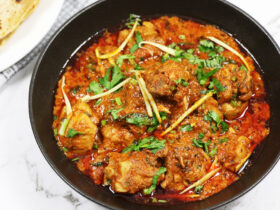
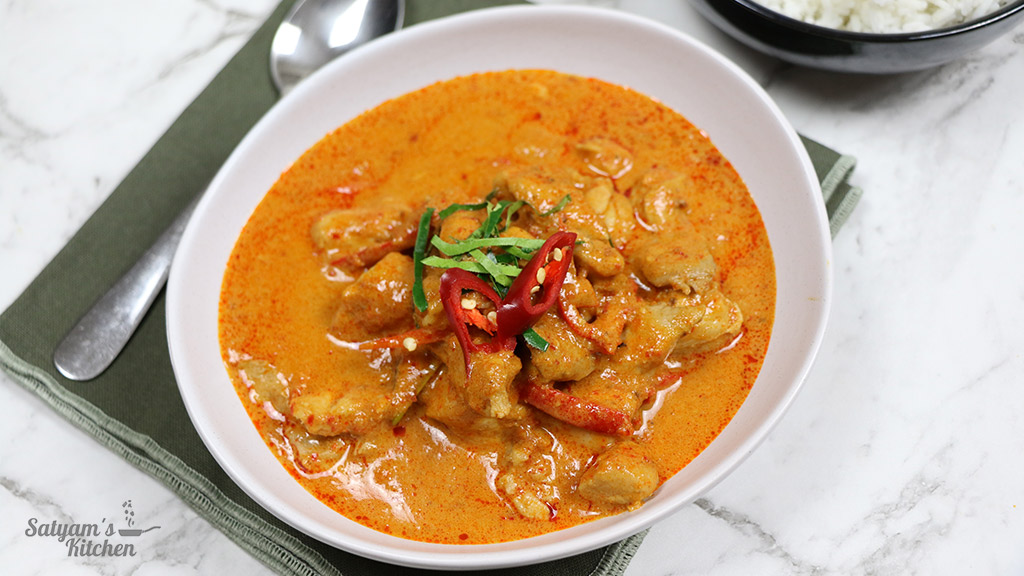
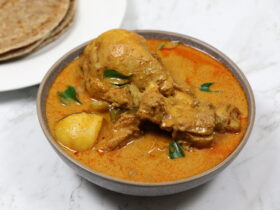

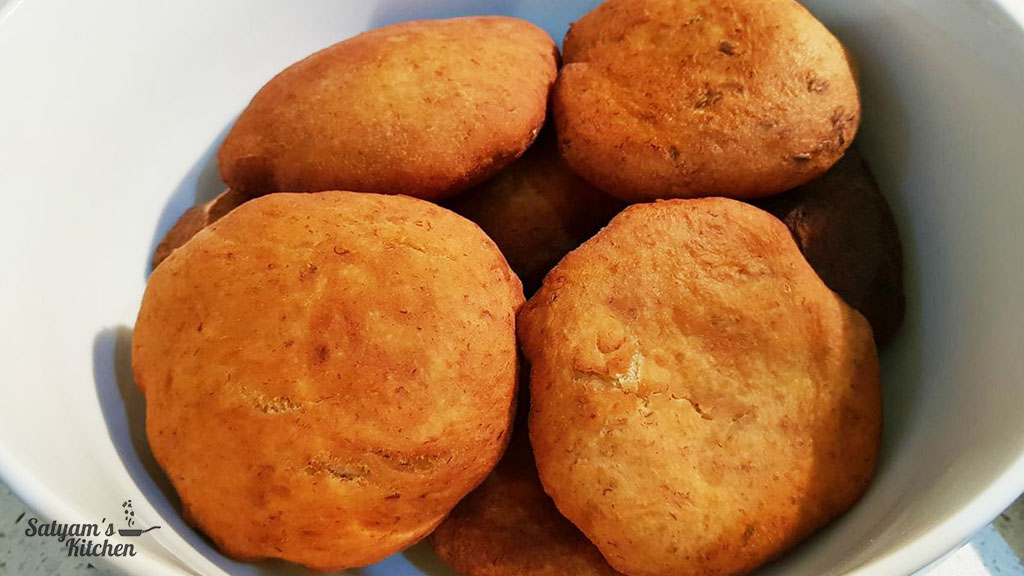


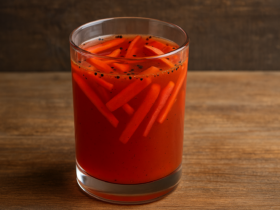
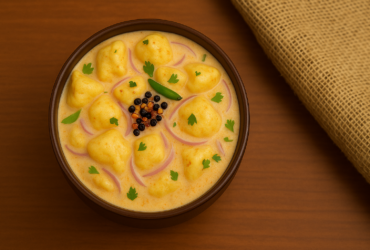
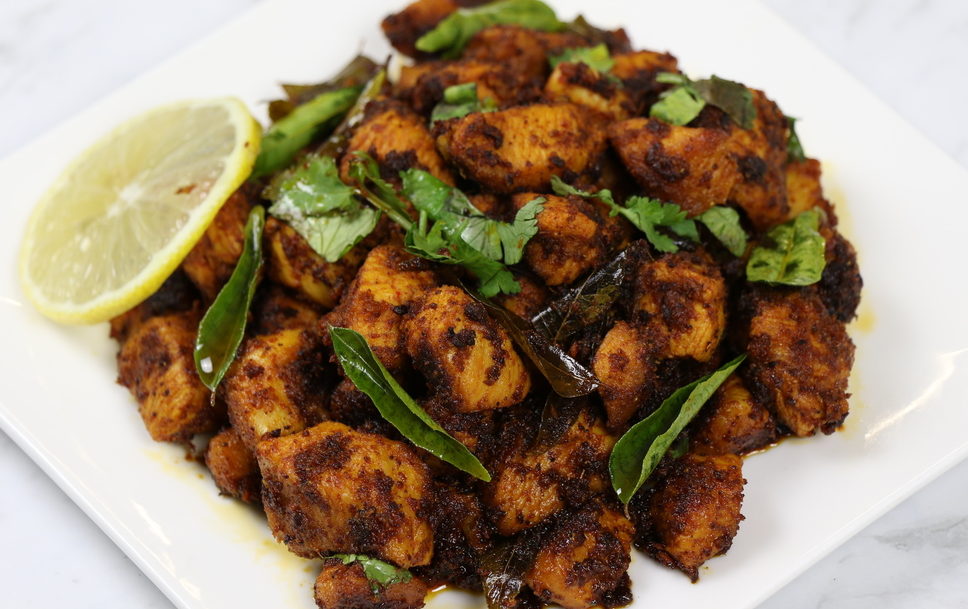
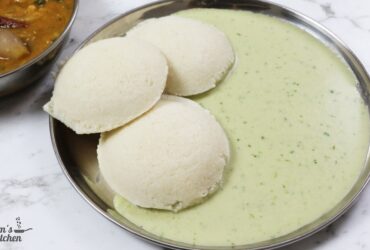
Leave a Review